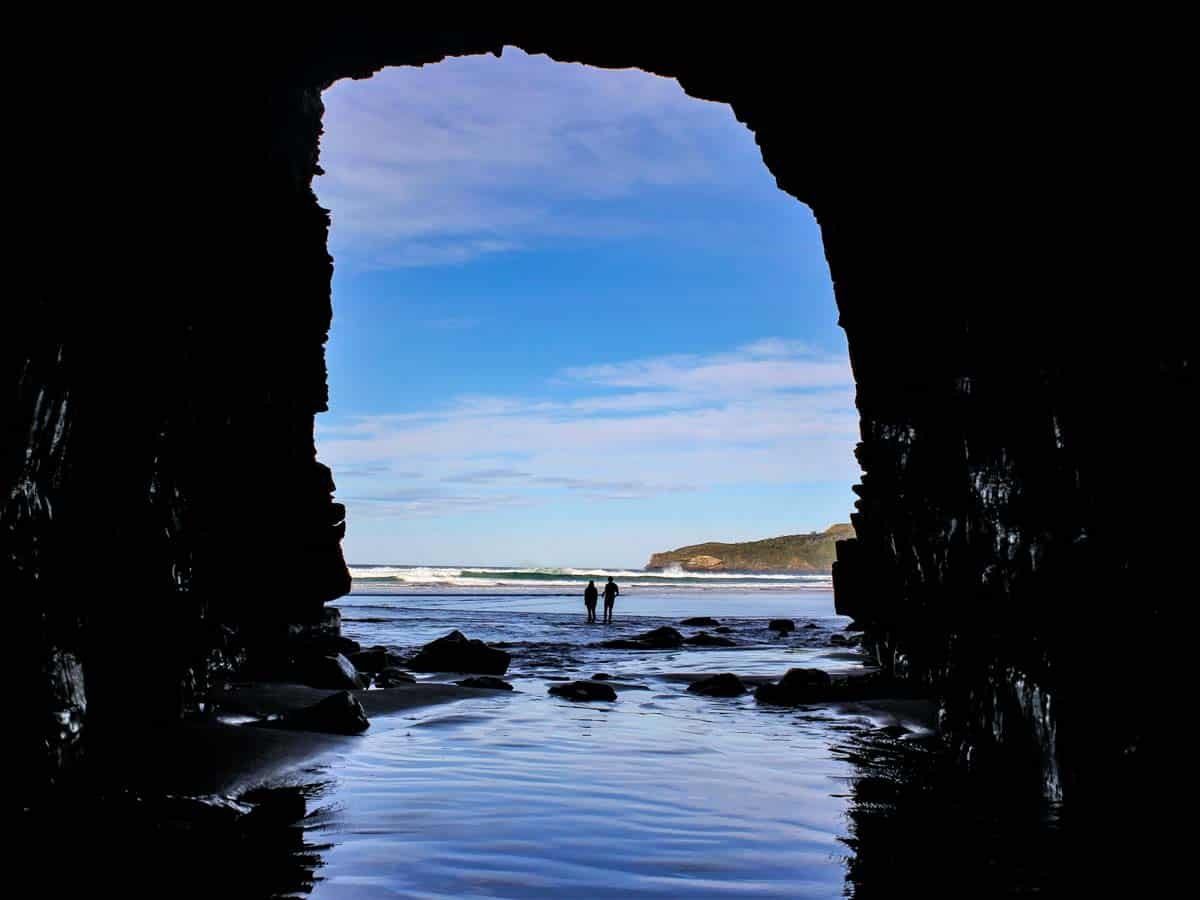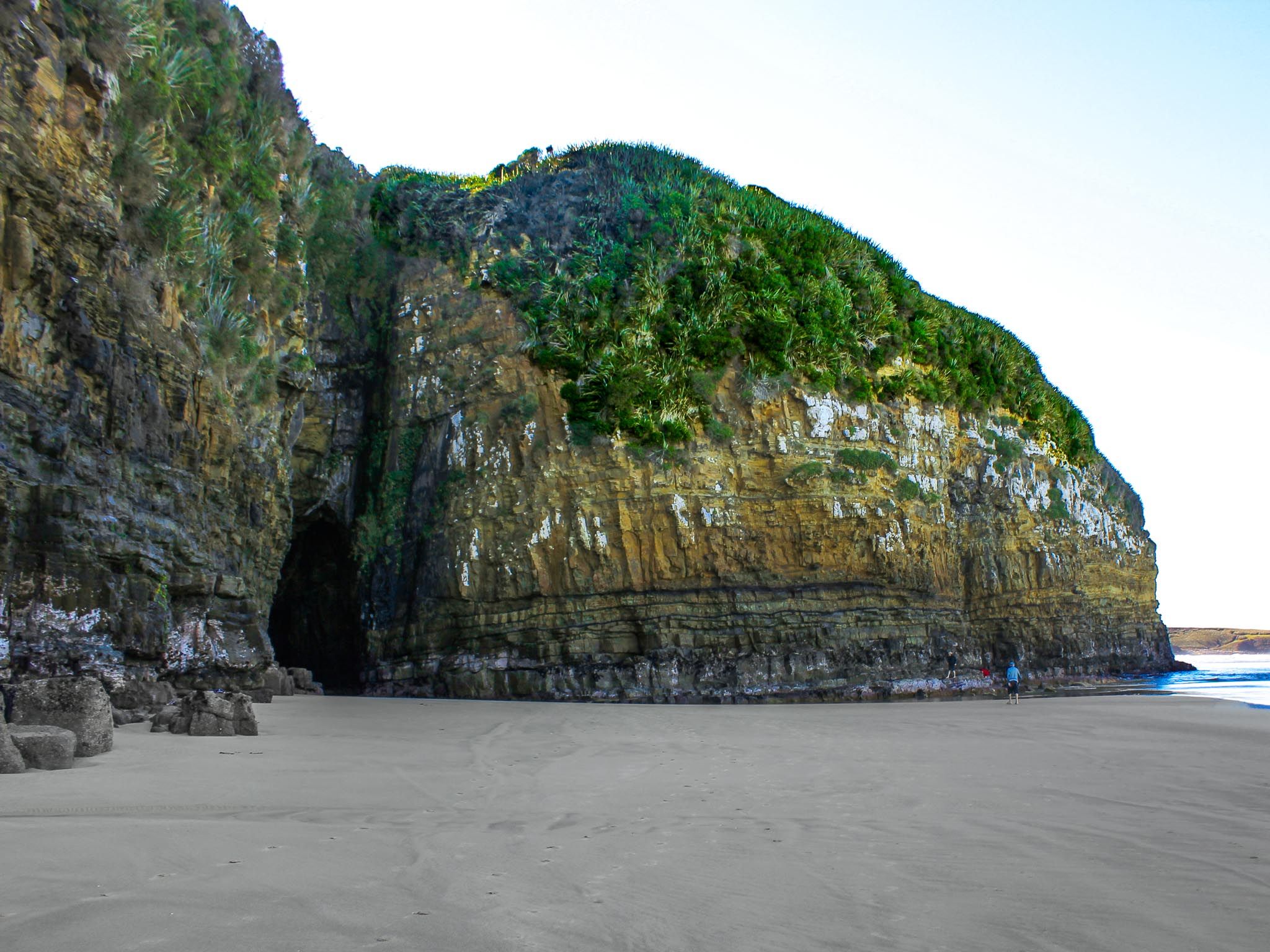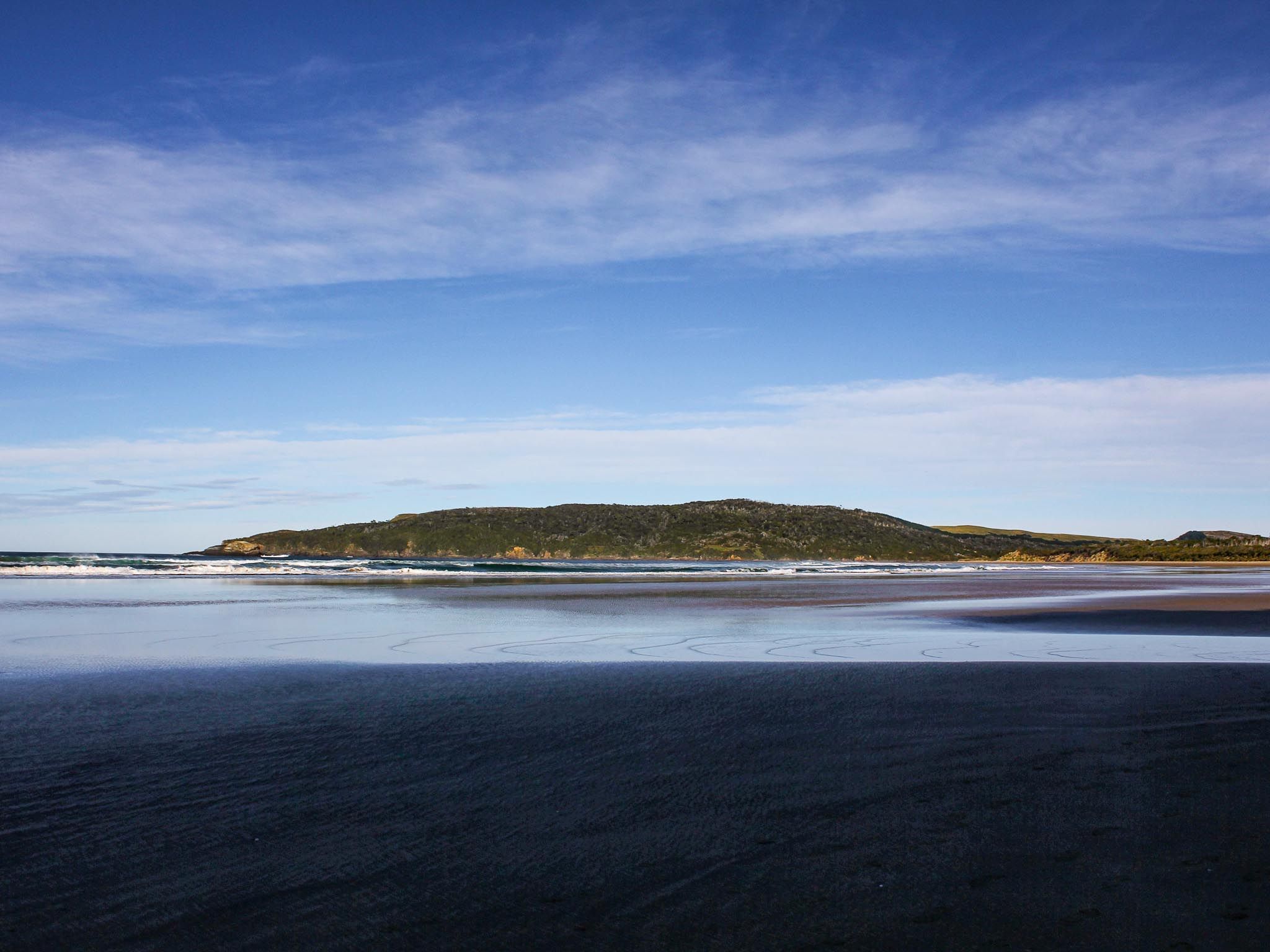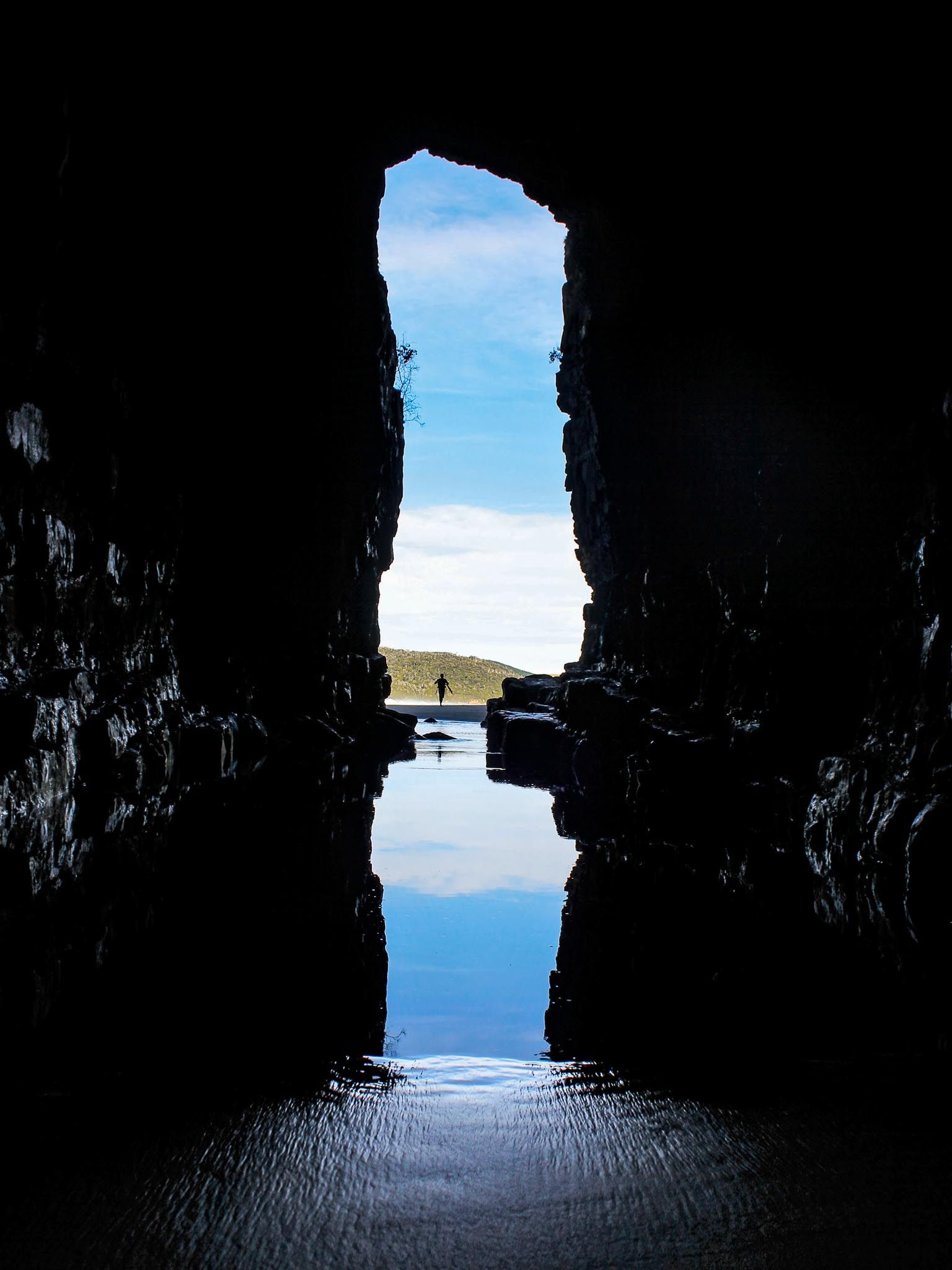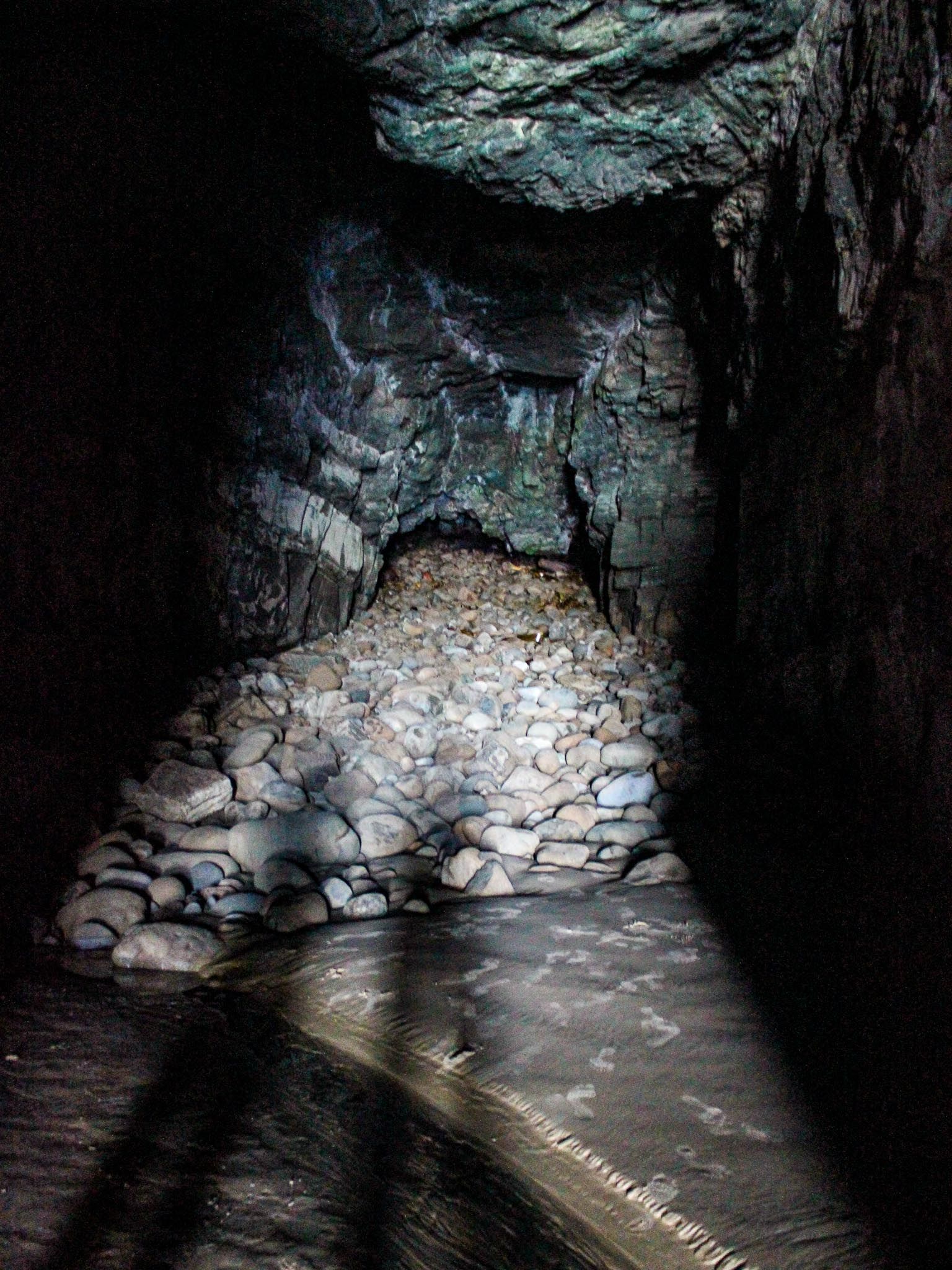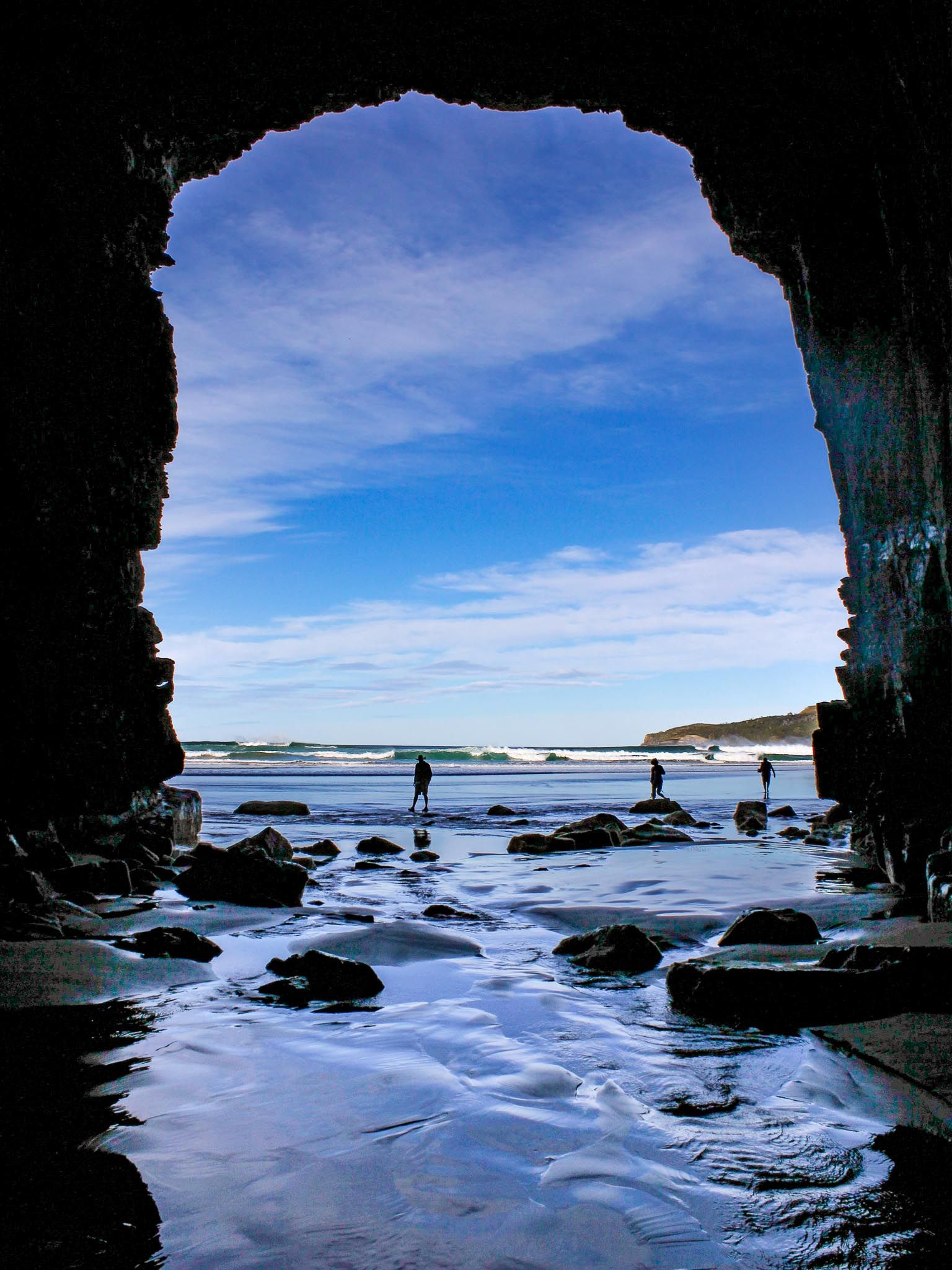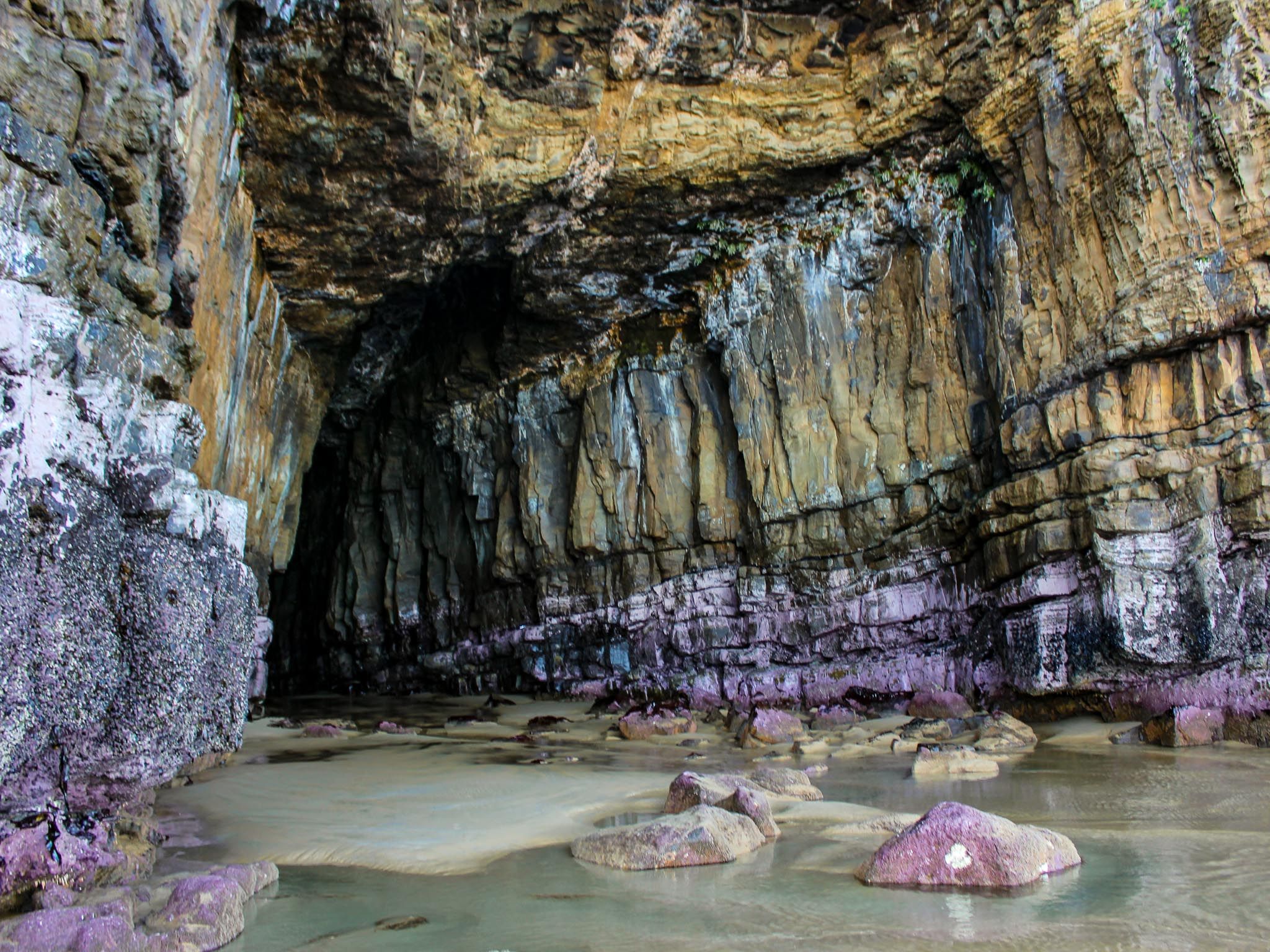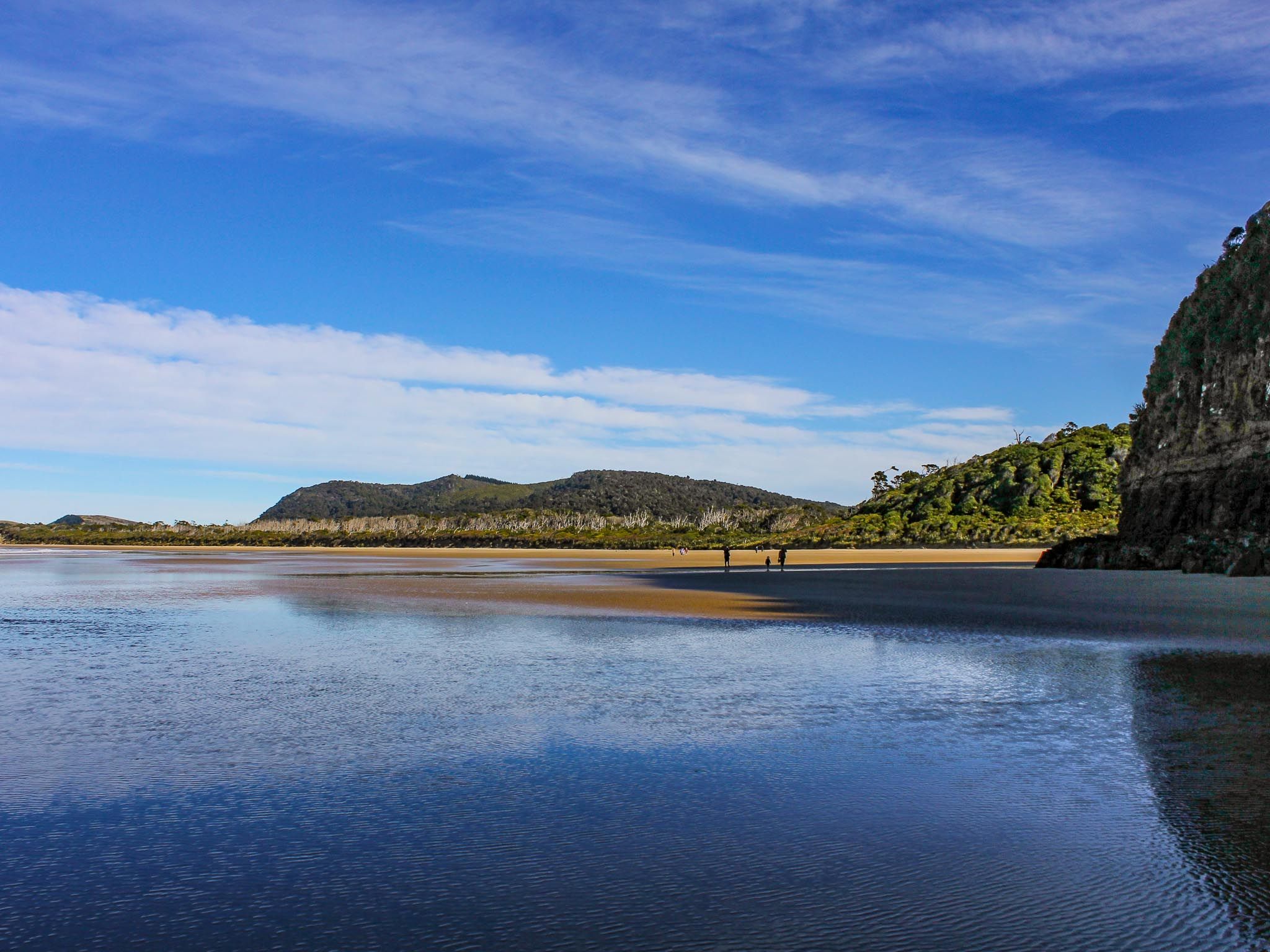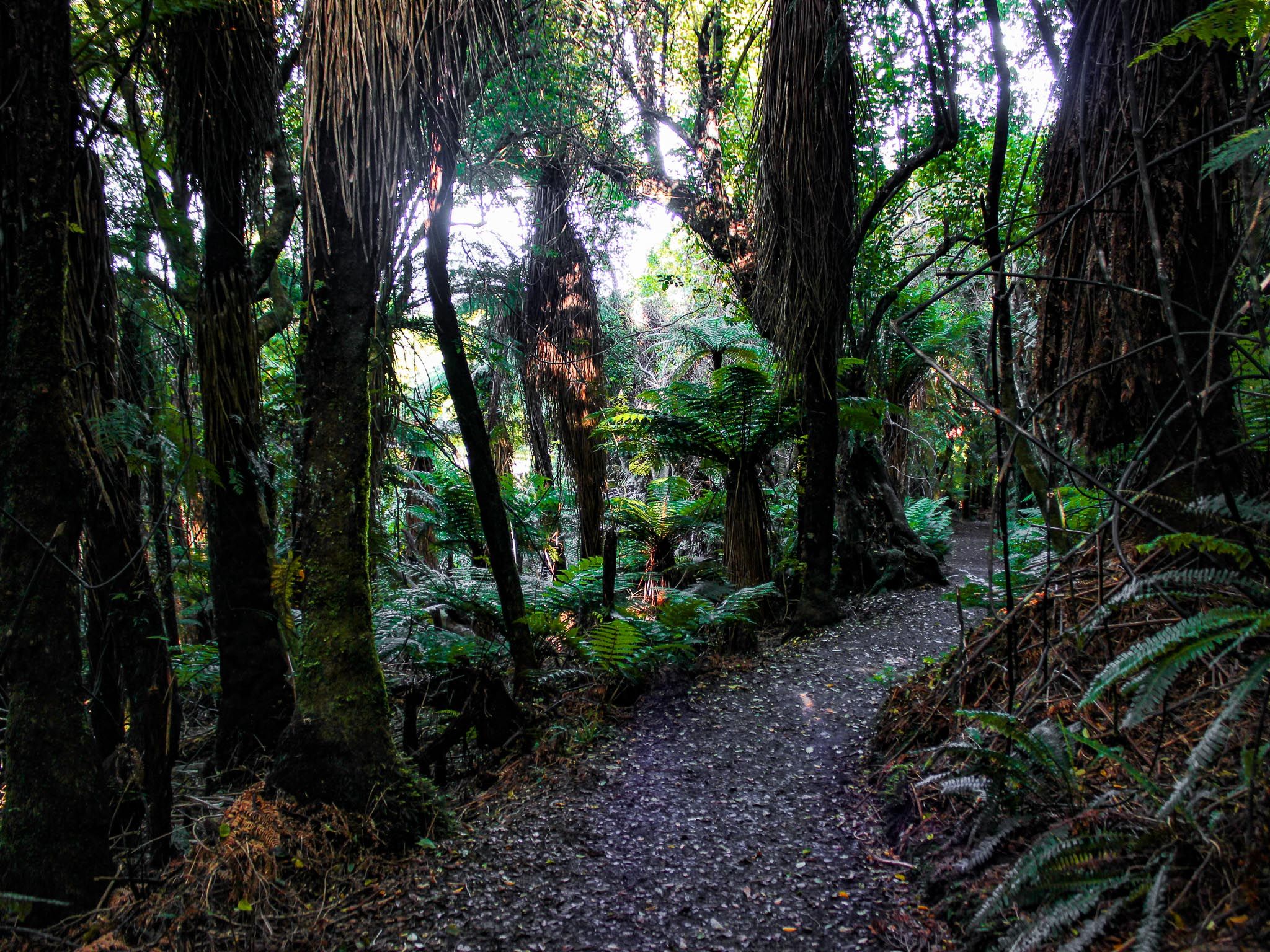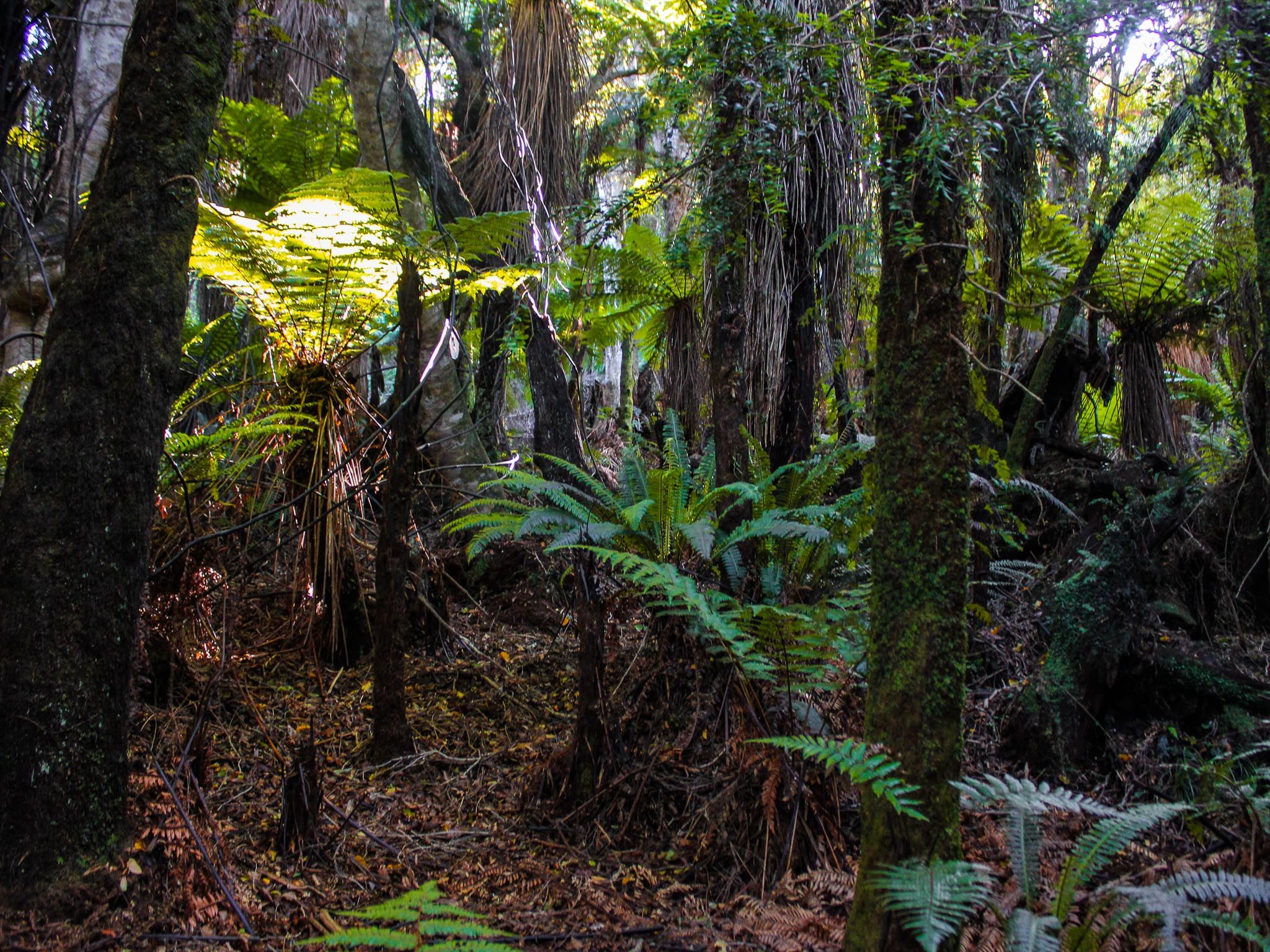Exploring Cathedral Caves
Cathedral Caves are located at the northern end of Waipati Beach in the Catlins, a region known for its rugged coastline and lush forests. These impressive sea caves are accessible via a 1 km walk through ancient native forest and across the beach, starting from a car park at the end of a 1 km access road.
There is a modest entry fee, and access is limited to low tide, which is confirmed only 24 hours in advance due to weather conditions. The current access status is displayed on a large board at the start of the access road, but it is advisable to check the website before planning your visit.
Geological and Historical Significance
The cliffs surrounding Cathedral Caves are composed of ancient Jurassic sandstone, uplifted around 160 million years ago. The caves themselves were formed by the relentless pounding of waves exploiting fractures in the rock, resulting in dome-like formations that reach up to 30 metres in height. At 200 metres long, these are among the longest sea caves in the world.
Initially, the cave entrances were 40 metres apart, but erosion has caused them to merge at the back, creating a distinctive V shape. The movement of beach sand, influenced by storms and currents, can alter the cave entrances, sometimes revealing rocky pools or sandy floors.
The caves were known to Māori, with evidence of moa hunter activity dating back to before 1500. The name "Cathedral Caves" was given by Dr T.M. Hocken in 1896, inspired by the sound reverberations inside the caves, reminiscent of a cathedral.
Flora and Fauna of the Surrounding Forest
The surrounding forest is a prime example of the ancient Catlins rainforest, with a diverse range of podocarps such as rimu, miro, and tōtara, along with flowering trees like rata and kamahi. The high rainfall in the area supports a rich undergrowth of tree ferns, ground ferns, and mosses.
Birdlife is abundant, with species such as kererū, korimako, tui, miromiro (tomtits), and riroriro (grey warbler). On Waipati Beach, you may see a variety of seabirds, as well as pakake (sea lions) and kekeno (fur seals). It is important to maintain a distance of at least 10 metres.
Cultural and Environmental Stewardship
An interesting aspect of the land around Waipati Beach is its ownership by a Māori Trust, representing over 200 beneficial owners. In the early 1900s, the New Zealand government reserved 57,500 hectares for descendants of Māori affected by land purchases in the 1840s and 1850s. This included economically challenging hilly forests around the lower South Island and Stewart Island.
In 1996, a separate trust was established to manage 443 hectares, including the caves, much of Waipati Beach, and the adjacent forest. The trust focuses on preserving the pristine environment, encouraging visitors to take only pictures and leave only footprints.
How to get there
To reach Cathedral Caves, take the access road off the Southern Scenic Route, located 37 km and a 40-minute drive southwest of Owaka.
Nearby attractions include McLean Falls on Rewcastle Road, situated 1 km west of the caves access road. The Tautuku Bay walks are a few kilometres to the east, providing additional opportunities for exploration in this stunning region.
At the start of Rewcastle Road, there is a commercial campground.
